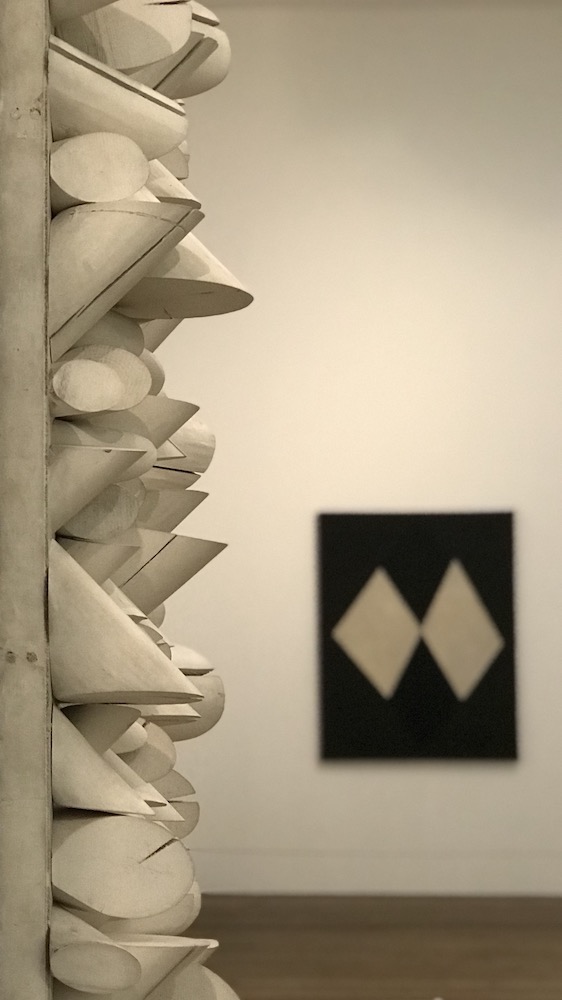You probably know exactly who Frida Khalo was. A Mexican female artist whose tragic youth and turbulent married life to Diego Ribera created a unique narrative which was skilfully depicted in her paintings. It is difficult to forget her colourful self-portraits full of emotion and pain once you have seen them. She is undoubtedly an icon of the twentieth century. But many other Latin American artists who are less popular have been at least as influential and relevant for the art world as she was. The most important Latin American art collections include works by Tarsila do Amaral, Antonio Berni, Fernando Botero, Lygia Clark, Carlos Cruz Diez, Joaquín Torres García, Carmen Herrera, Wifredo Lam, Roberto Matta, Hélio Oiticica, Lygia Pape, Julio Le Parc, Mira Schendel, Jesús Rafael Soto, David Siqueiros, Rufino Tamayo, Tunga, to mention a few.
But what is actually Latin American art? Since it is so diverse, there is an ongoing debate about what Latin American art really means and whether it makes sense to keep it as a separate category. During the 1030s-1950s, Latin American artists travelled to Europe, North America, and, in some cases, African countries. Many of them were active in avant-garde movements connected to modernism, surrealism, and futurism with close connections with the global north. However, others elaborated relationships between modernism and indigenous and African traditions, conceiving a different form of art. In the 1950s to the 1970s, new forms of art flourished: concrete art, geometric abstraction, and kinetic art, as well as the return to figuration. Concretism and optical illusions changed the viewer’s awareness and perception of art.
Among the most influential Latin American collections is that of the Cisneros Foundation – partly donated to the MoMA in New York recently. Patricia Phelps de Cisneros and her husband Gustavo began collecting art in 1970 and dedicated many efforts to the advancement of scholarship and the appreciation of Latin American art – and especially geometric abstraction – which had not conquered the global art scene yet. Traditionally, Latin American art had been associated with folkloric subjects and long-standing stereotypes held in the North of an exotic Latin American culture. Back then there was no room to include sophisticated, cerebral avant-garde movements in global art history and least of all in the international art market.
It was necessary to break down many barriers which separated Latin America from the art historical cannon. Today, as Latin American artists are breaking records at auction and international galleries are adding artists from the region to their offer, the art world is grappling with this categorisation. Does the Latin American label help increase the exposure of this art – covering a huge geography – or does it limit its possibilities?
And while some of the major auction houses agree that this label no longer applies to truly cosmopolitan artists and have dissolved the Latin American category into their modern and contemporary sales, others are still discussing whether it might still be helpful.

